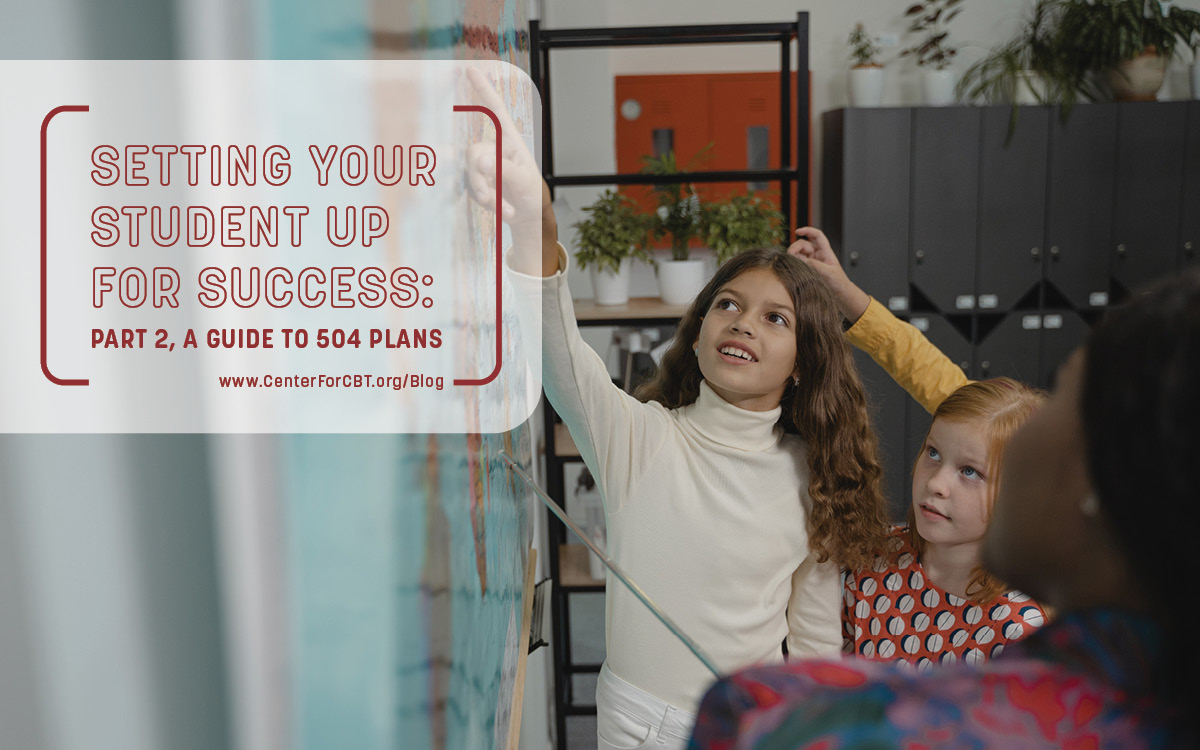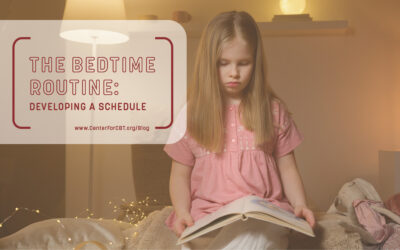When you have a student struggling in school it can be stressful for both you and them. Knowing where to begin and how to get them the support they need can be a challenge in and of itself with many hurdles to overcome along the way. Writing a letter to try and attain an IEP is a good place to start, and we have outlined this process in our previous article. However, not all students meet the criteria for this document. If you have gone through this process and been declined for an IEP you may be feeling a new type of frustration trying to figure out what other options are available.
Students may be declined for an IEP if they do not meet the criteria as indicated by the school’s evaluation. Families have the option to pursue a private neuropsychological evaluation to attain a formal diagnosis and be reconsidered for an IEP. However, not all students will qualify for this document. If you feel that you have exhausted other options but still need to find a way to get your student the support you need, a 504 plan is another option to consider. In this article we will be covering the differences between IEPs and 504 plans, and what steps you can take to obtain a 504 plan.
My student was declined for an IEP… now what?
If your student has a disability but did not meet the criteria for an IEP, they may receive a 504 plan. Named after Section 504 of the Rehabilitation Act of 1973, this document is meant to protect the rights of students with disabilities in schools and other programs that receive federal financial assistance. At its core, the differences between an IEP and a 504 plan are summarized by the services that students have access to throughout their educational experience.
Many families describe the IEP as having a little more legal weight. However, the level of support provided can vary significantly depending on the school district. The key differences are that a 504 plan does not include formal goals or tracking of progress, and formal psychological and educational evaluations typically do not occur. Essentially, a 504 plan does not offer the specialized services granted by an IEP, but it does still allow for accommodations.
What types of accommodations and modifications are available?
There are many types of accommodations available to children and adolescents with disabilities. All of these can be tailored to the student’s unique challenges and needs. While there are many accommodations for both inside and outside of the school setting, this can give you an idea of what is available to your student:
- Extra time. This may come into play for standardized tests, classroom tests/quizzes, assignments, and long-term projects. Students with reading difficulties, inattention, hyperactivity/impulsivity, and autism can benefit from extra time to “level the playing field.” The reason for extra time differs depending on the student’s presenting concerns, and not all students necessarily need extra time, which is why it is important to understand a child’s cognitive profile to determine the appropriate accommodations.
- Breaks. In addition to natural and built-in breaks (i.e., recess, lunch, study hall) students with attention difficulties benefit from having additional breaks. These opportunities allow for more sustained focus during classroom lectures. However, in some cases it may actually be unhelpful for a student with attention difficulties to have additional breaks. A student may take frequent breaks in attempts to procrastinate or as an avoidance technique, which may negatively impact academic performance.
- Copies of teacher notes. Many students have difficulty keeping up with the teacher during lectures, especially if they are older and required to take their own notes. Some may struggle with handwriting or typing, while others have trouble sustaining attention. Having a copy of the teacher’s notes ensures these students do not miss important academic material. For younger students, parents may use these notes to review concepts at home. For older students, they might compare their notes to the teacher’s to fill in the gaps with regard to material they missed.
For some students an IEP or 504 plan may not offer sufficient support, so you may also consider options to help them outside the classroom instead of or in addition to these plans.
At the end of the day, working together as a team to help your child succeed is the ultimate goal. Regular check-ins and tracking of progress can be helpful, even when they are informal. It is important to keep in mind that families, educators, school staff, and other adults who work with your child regularly should all be involved in determining what services and accommodations will best support your student in school.






